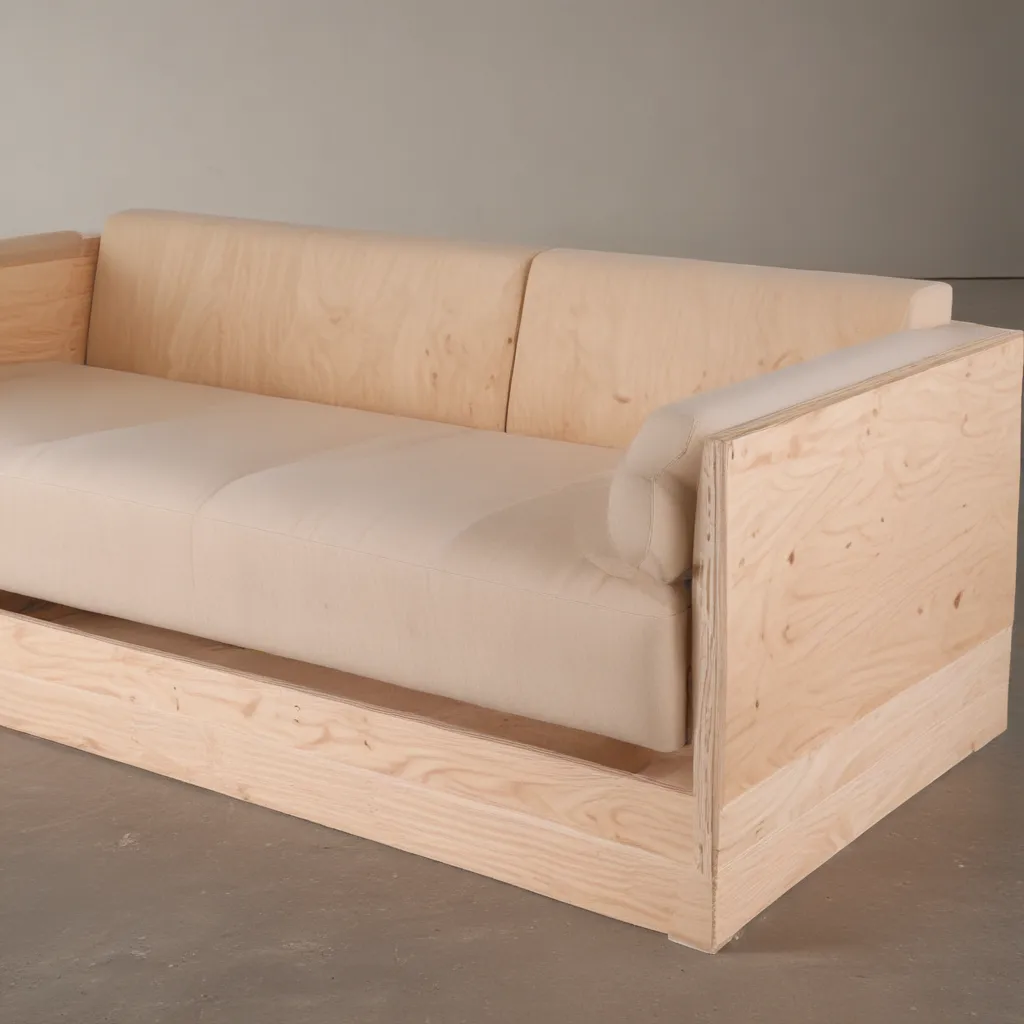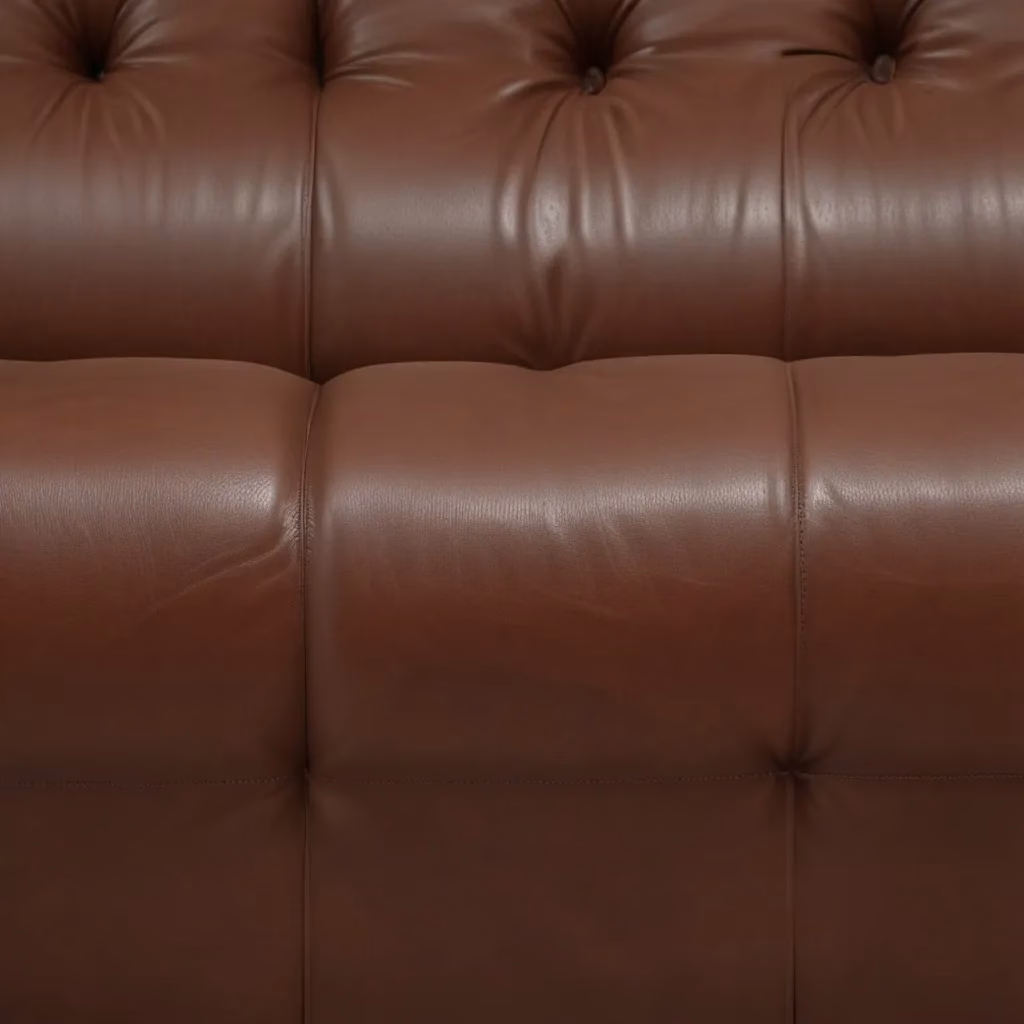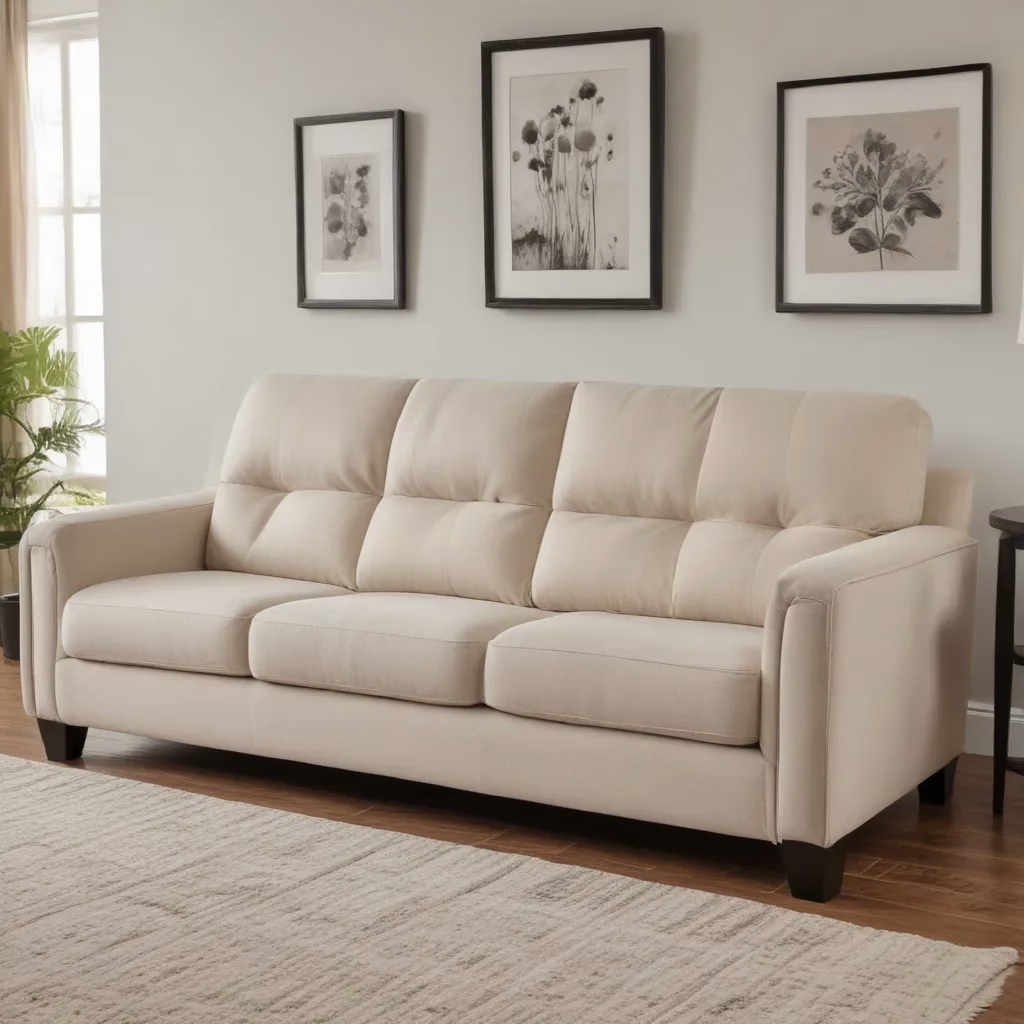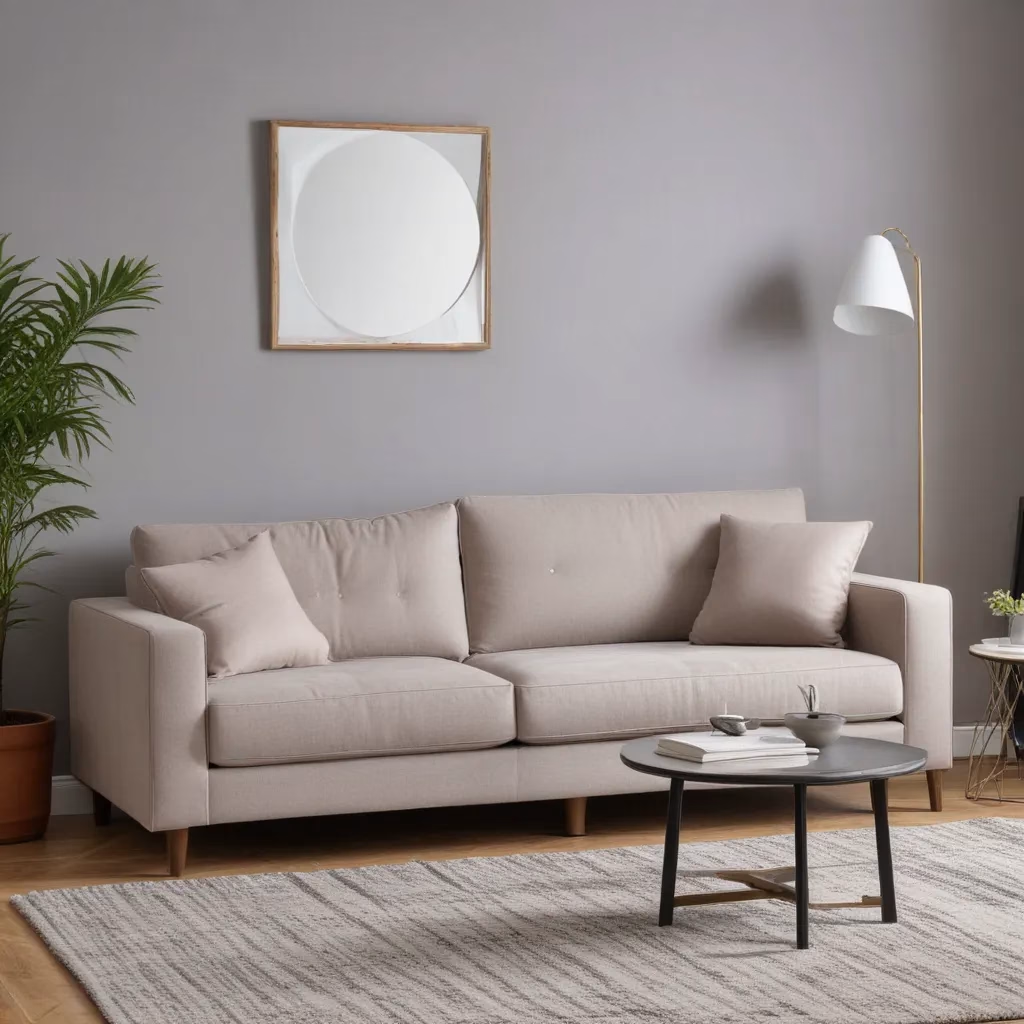The Surprising Strength of Engineered Wood
As I sank into the luxurious, deeply cushioned sofa at the furniture showroom, I couldn’t help but wonder about the frame that supported it all. Sure, the soft, supple leather and plush upholstery were a delight for the senses, but what lies beneath truly determines the long-term durability of a sofa.
That’s when I learned about the remarkable capabilities of furniture-grade plywood. You see, I had always assumed that solid hardwood frames were the hallmark of quality craftsmanship. But as I delved deeper into the world of sofa construction, I discovered that engineered wood can actually outperform its natural counterpart in key areas.
The Decline of Solid Hardwood
In the past, solid hardwood frames were considered the gold standard for upholstered furniture. And for good reason – the natural strength and stability of materials like oak, maple, and alder offered unparalleled structural integrity. However, as Jim, an experienced engineer in the furniture industry, pointed out, the availability of high-quality domestic lumber has been steadily declining over the years.
“Domestic furniture makers are under tremendous pressures and know that to sell enough sofas each year, they have to keep costs under control,” Jim explained. “This is one way to do it.”
Enter the rise of furniture-grade plywood – an engineered wood product that can offer comparable, if not superior, strength to traditional hardwood frames. And the best part? It’s more readily available and cost-effective for manufacturers to source.
The Engineering Advantage of Plywood Frames
As I delved deeper into the research, I was amazed to learn just how engineered plywood frames can outperform their solid wood counterparts. According to an industry expert, the key lies in the sophisticated manufacturing process that goes into creating these modern marvels.
“Engineered plywood construction offers some advantages such as interlocking joints and precision CNC computerized machining that are superior to standard frame construction,” the expert explained. “They are slowly gaining acceptance in the industry.”
Unlike traditional stick-built frames that rely on simple dowel joints, engineered plywood frames employ advanced joinery techniques that create a stronger, more cohesive structure. The process of laminating multiple thin wood veneers into a single panel results in a material that is not only incredibly robust but also highly resistant to cracking, warping, and other forms of damage.
| Hardwood Frames | Plywood Frames |
|---|---|
| Prone to cracking and splitting over time | Highly resistant to warping and other structural issues |
| Require meticulous craftsmanship to ensure proper joinery | Utilize precision CNC machining for consistent, high-quality joints |
| Availability of quality domestic lumber is declining | Furniture-grade plywood is more readily available and cost-effective |
And the advantages don’t stop there. As another industry insider pointed out, the use of engineered wood panels also allows for more efficient manufacturing processes, which can translate to cost savings for consumers.
“Switching to plywood instead of kiln-dried popular or alder has little to do with making a better quality frame,” the expert noted. “The engineering of either frame is very different.”
The Rise of Furniture-Grade Plywood
So, what exactly is this remarkable material that’s shaking up the world of sofa construction? Furniture-grade plywood, sometimes referred to as “engineered wood,” is a type of composite panel made by laminating thin wood veneers together in a criss-cross pattern.
The result is a product that is not only incredibly strong and stable but also highly consistent in its properties. Unlike traditional solid wood, which can be prone to warping, cracking, and other structural issues, furniture-grade plywood is designed to withstand the rigors of everyday use.
As one industry veteran explained, the availability of quality domestic lumber has been declining, making engineered wood a more practical and cost-effective solution for furniture manufacturers.
“Now many manufacturers are either using a lower grade domestic plywood or importing inferior grade plywood or manufacturing overseas,” the expert said. “Once a manufacturer decides to switch to plywood frames, it’s a major investment and difficult to go back.”
But not all plywood is created equal. As with any material, the quality of the manufacturing process and the specific grade of the wood used can make a significant difference in the overall strength and durability of the final product.
Putting Plywood to the Test
To better understand the performance of engineered wood frames, I turned to the American Plywood Association (APA) for some insightful case studies. What I discovered was nothing short of remarkable.
According to the APA, the use of furniture-grade plywood in sofa frames can actually outperform traditional solid hardwood in key areas, such as tensile strength and dimensional stability. As the industry expert I spoke with earlier explained, “Plywood lacks the tensile strength of real wood, which is important in frame construction.”
However, the APA’s research suggests that when engineered properly, plywood frames can meet or even exceed the structural integrity of their hardwood counterparts. The key lies in the specialized manufacturing techniques, such as the use of interlocking joints and precision CNC machining, that create a cohesive, high-strength frame.
A Lifetime of Comfort and Support
As I sat there, sinking deeper into the luxurious cushions of the sofa, I couldn’t help but feel a newfound appreciation for the engineering marvel that lay beneath. Sure, the soft, supple leather and plush upholstery were a delight for the senses, but it was the frame that truly held the key to long-lasting comfort and support.
And thanks to the advancements in furniture-grade plywood technology, I now know that the sofa I’m considering from Sofa Spectacular will not only look stunning in my living room but also provide a lifetime of reliable performance.
So, the next time you’re in the market for a new sofa, don’t be fooled by the traditional “hardwood frame” sales pitch. Take a closer look at the engineering behind the construction, and you might just find that furniture-grade plywood is the secret to stronger, more durable sofa frames.




